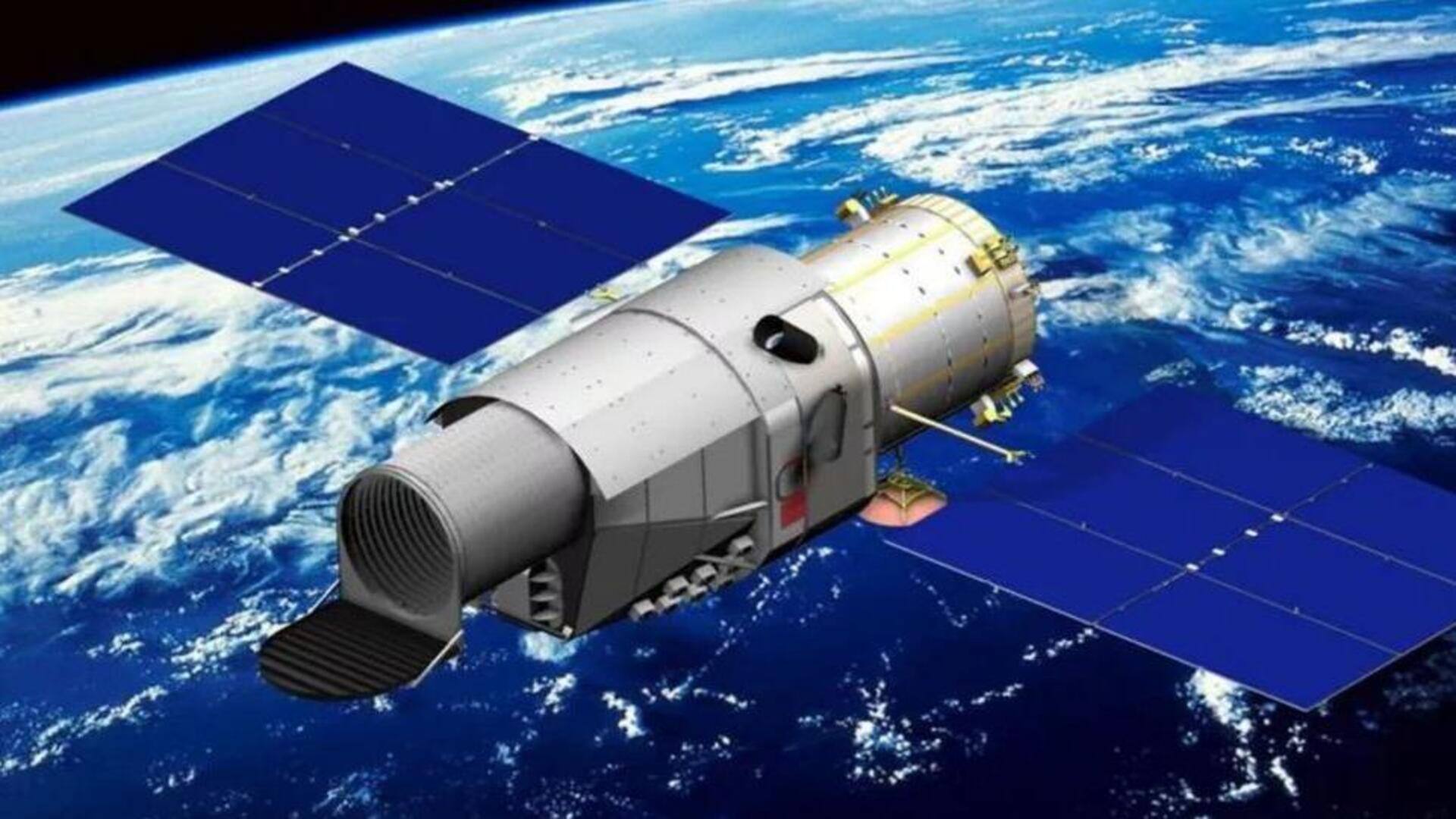
China says its Xuntian telescope will outshine NASA's 33-year-old Hubble
What's the story
China is gearing up to launch its Xuntian space telescope, or the Chinese Survey Space Telescope (CSST), next year. Interestingly, this bus-sized telescope, featuring a 6.6-foot diameter primary mirror, aims to outshine NASA's Hubble Space Telescope, which has been in operation for over 33 years now. Xuntian is expected to make groundbreaking discoveries in cosmology, dark matter, dark energy, star formation, and exoplanets, said Lin Xiqiang, China Manned Space Agency's deputy director.
Details
Wide field of view and high-resolution imaging
With a 2.5-billion-pixel camera and a field of view over 300 times larger than Hubble's, Xuntian can capture high-definition panoramic images of the universe. It will be able to cover a span of 17,500 square degrees, said Xiqiang. Li Ran, project scientist of the CSST Scientific Data Reduction System, explained CSST's capabilities using the example of imaging a flock of sheep. "Hubble may see a sheep but the CSST sees thousands, all at the same resolution," Ran said.
Capabilities
The telescope will co-orbit with China's space station
The Xuntian space telescope will be placed in the same orbit as China's Tiangong space station. It can also temporarily dock with the space station for supply, maintenance, and upgrades by Tiangong astronauts, said Xiqiang. This unique feature could be what sets it apart from other space telescopes and ensures its longevity in orbit. When performing routine observations, Xuntian will lie at a further distance from China's space station, while being in the same orbit.
Insights
Advanced ultraviolet imaging capabilities
Zhou Jianping, the chief designer of the China manned space program, claims Xuntian is the most advanced telescope in terms of ultraviolet imaging capabilities, among all ongoing telescope research projects worldwide. The telescope's launch is "expected to greatly boost the development of astronomy, advance our country's astronomy research to an international leading level, and help Chinese astronomers become a leading force in this field," said Jianping. The mission is expected to lift-off aboard a Long March 5B rocket next year.
Facts
Some astronomers have doubts about Xuntian's capabilities
While Chinese space agency leaders are confident in Xuntian's capabilities, some researchers have reservations due to limited public information about the telescope, reports space.com. Tom Brown, an astronomer and head of the Hubble Mission Office, notes that Xuntian will have a larger field of view than Hubble but a smaller mirror. The spectral resolution also seems to be significantly lower than Hubble's. Also, CSST will operate in optical and ultraviolet spectra but not till the far ultraviolet range.
Information
'Curious to see how the CSST story unfolds'
"Hubble continues to lead the field in all the ways one measures the worth of a world-class research facility, pursuing ground-breaking projects in all areas of astrophysics," Brown said. "I am curious to see how the China Space Station Telescope story unfolds."